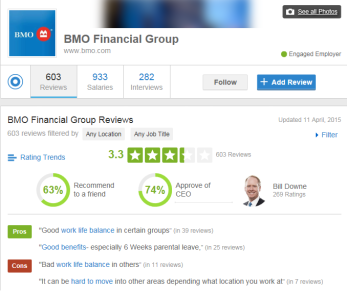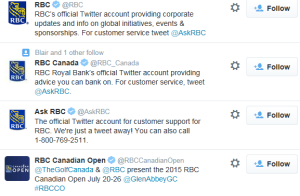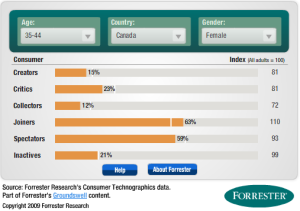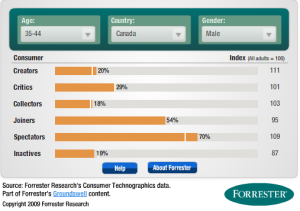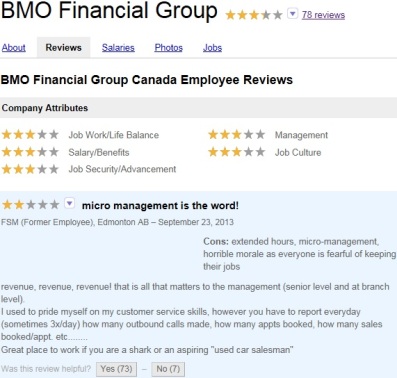Previously I have shared my thoughts on how you can connect with your customers while using the Groundswell. This time however, I would like to touch on tapping the Groundswell inside your company. I would like to also share an example from the book “Groundswell” by Charlene Li and Josh Bernoff where they illustrate how Best Buy uses the Groundswell internally (2010). My final objective is to show how you could use the Groundswell internally in the financial industry.
Tapping The Groundswell Internally
Best Buy is a large electronic company with over 1400 stores nationwide. Since they have so many stores and thousands of employees, Best Buy has decided to take advantage of the Groundswell internally. They have sent up an internal community called Blue Shirt Nation where all employees who wish to network and engage with others employees from Best Buy can do so. Blue Shirt Nation is a fitting name as Best Buy employees are known to all wear matching blue corporate uniforms. One of Best Buy’s active Blue Nation bloggers stresses why she is so involved with their internal community. She can share her thoughts on how she feels Best Buy can improve the company but also how her day to day work is going at Best Buy. She gets support from fellow Best Buy employees not just locally but from other store members across the nation. On a day to day basis these Blue Shirt Nation bloggers can relate to each other on their thoughts, concerns and suggestions they have in regards Best Buy. This internal community was created by Best Buy to listen to what employees have to say.
One example of how this community made Best Buy better was through customer support. One of the blogger mentioned that they should implement and IT process that would allow them to follow up with the customers demand more effectively. Rather than the old way where they would write down a note on a piece of paper and leaving it on the cashier desk for an employee to take care of. Obviously the comment stirred some controversy as some thought that this IT process would cost upwards of 1 million dollars. However after an employee from Blue Shirt Nation checked with the IT department, this new process would actually only cost Best Buy $58,000. This was shortly then implemented making Best Buy better from using an internal community.
There are many more ways Best Buy became a better company using the Groundswell internally through: listening, talking, Energizing, Supporting and embracing. I just wanted to give an idea on how a company could approach the Groundswell from an internal point of view.
Do Companies Use The Groundswell Internally In the Financial Industry?
BMO adopts a similar technique that Best Buy uses for tapping the Groundswell internally. As seen from the picture below that have set up numerous employee programs that allow them to engage and interact with their staff. They have set up an internal community for employees so they can share their comments and concerns with other employees as well as share their own accomplishments and skills they have obtained with BMO. Also in the picture you can see how they have volunteering groups set up which is great for BMO’s corporate culture and can give back to their own community through the company they work for.
Source: https://www.bmo.com/home/about/banking/corporate-responsibility/environment/employee-programs
Reference: Kaplan, A., & Haenlein, M. (2010). Users of the World, Unite! The Challenges and Opportunities of Social Media. Business Horizons, 53(1), 59-68.

